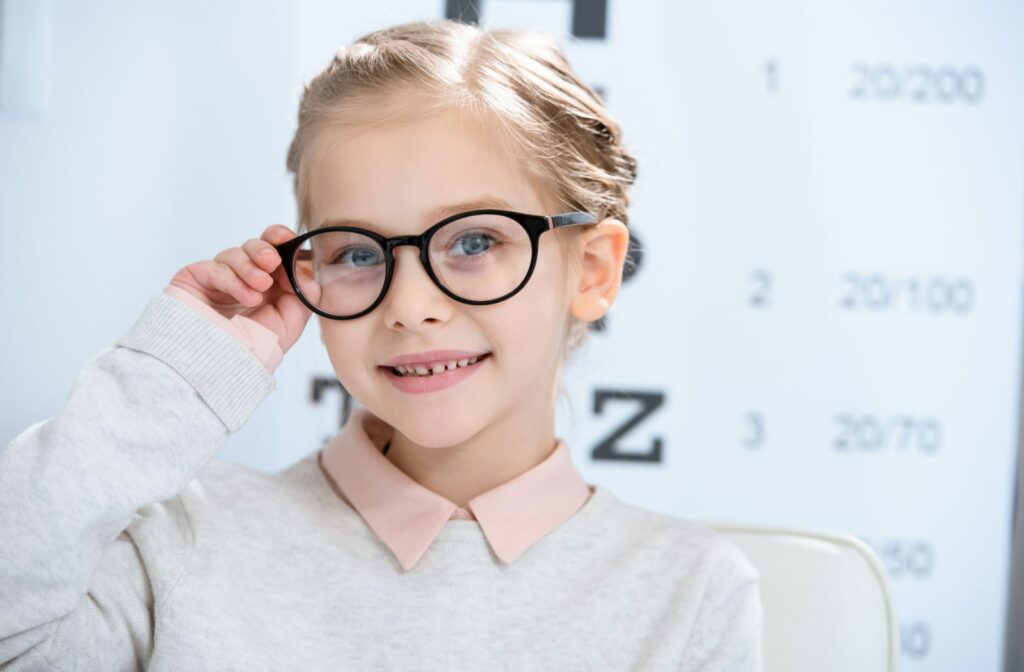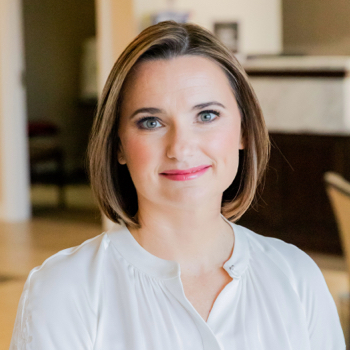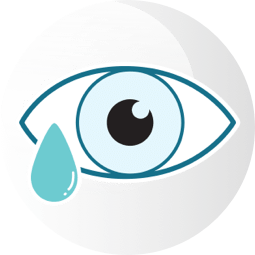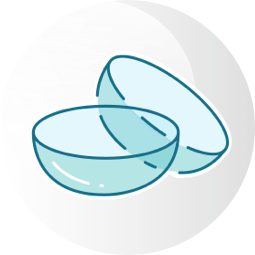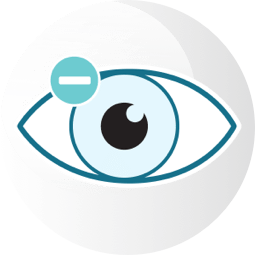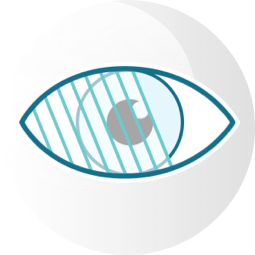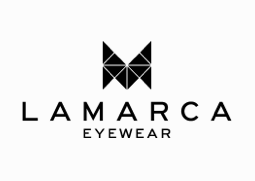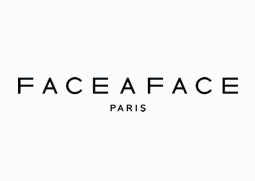As your child grows, it can seem like every year their myopia requires a new prescription. Otherwise known as nearsightedness, myopia causes distorted vision when looking at things at a distance, but near vision is unaffected. Blurry vision can cause problems with academic performance, sports, hobbies, and leisure time.
Myopia typically first emerges in childhood and can worsen throughout school-aged years, but myopia progression typically stabilizes by age 20 at the latest. The doctors at McCauley Celin Eyecare Associates use several methods to slow the progression of myopia in children to help keep their eyeglass prescription lower into adulthood.
Understanding Myopia
Nearsightedness, or myopia, is one of the most widespread refractive errors. It occurs when near vision is crisp and clear, like when looking at a phone, book, or tablet, but far objects, such as a classroom board, television, or crosswalk signs, are blurry.
Causes of Myopia
Myopia develops in children as the eyes grow. When the eye grows too elongated too quickly, it affects how the light entering the eye is focused. Instead of hitting the retina and projecting a clear image to the brain, the light falls short of the retina, making objects appear blurry.
While eye shape is a common cause of childhood-onset myopia, adults can develop symptoms of nearsightedness through environmental factors, such as:
- Diabetes: high blood sugar levels can change refractive power in the natural lens
- Night myopia: low light can cause focusing problems at distance vision
- Pseudo myopia: overuse of the eyes’ focusing power can cause muscle fatigue that can cause temporary myopia symptoms
Signs of Myopia
Young children may be unable to tell you when their vision is blurry, and they may think what they’re experiencing is normal. While you should listen for complaints of difficulty seeing the classroom board, headaches, and eyestrain, you can also look for specific behavioral cues to suggest vision problems, including:
- Frequent eye rubbing
- Squinting
- Excessive blinking
- Lack of awareness of far-away objects
- Sitting too close to the television or holding their tablet or book unusually close to their face
How to Control Myopia Progression
As myopia becomes more severe, your child becomes at risk of developing high-myopia-related eye conditions, such as:
- Open-angle glaucoma
- Cataracts
- Retinal detachment
- Myopic macular degeneration
Your optometrist can recommend myopia control methods to lower your child’s risk of myopia-related vision issues in adulthood and help reduce the strength of their eyeglass prescription.
MiSight Contact Lenses
MiSight 1-day contact lenses can simultaneously correct existing myopia while slowing eye elongation during wear. They have 2 different areas of focus—the center of the lens corrects blurry vision, and the outer edges of the lens defocus the peripheral vision.
These contact lenses are designed for children as young as 8, and since they’re daily disposable lenses, you don’t have to worry about sterilization or storage.
Corneal Refractive Therapy
Corneal Refractive Therapy (CRT) is a rigid-gas permeable contact lens using orthokeratology to gently reshape the cornea overnight to improve vision throughout the day. This non-invasive solution can help slow myopia progression while also reducing reliance on contact lenses or eyeglasses for clear vision.
Your child’s optometrist may recommend this method for older children because they require good contact lens hygiene practices to prevent common contact lens-associated eye infections.
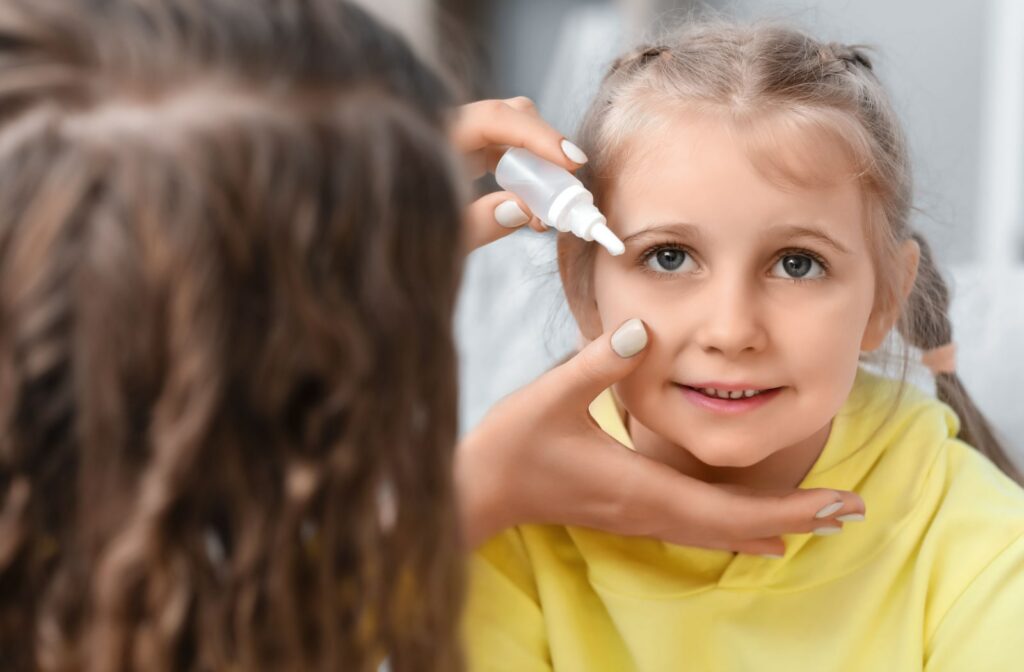
Atropine Eye Drops
Atropine eye drops are valuable in many optometry diagnostic and comprehensive eye exams to dilate the pupil and allow for a clear view of the internal ocular structures. But low doses of atropine, from 0.01% to 0.05% concentration, are proving effective for myopia management with few side effects. Research shows that low-dose atropine can be used in children as young as 4 and up to 14 for 2 to 3 years.
They’re a simple and noninvasive method to slow the eye’s elongation and minimize myopia progression. Your child needs one drop in each eye before bed, nightly. Depending on the concentration recommended by your optometrist, they may recommend wearing corrective lenses alongside atropine treatments.
Monitor Myopia Progression in Pittsburgh
Children have options to help slow the progression of myopia and protect their future eye health. For early detection and intervention, annual eye exams are the best defense against deteriorating vision.
Adults with myopia also have options, from contact lenses to fashionable and modern eyeglasses. For a more lasting solution to vision correction, a laser eye surgery consultation can provide information on LASIK technology and co-manage the procedure with your surgeon.
Contact McCauley Celin Eyecare Associates for a comprehensive eye exam to begin your myopia treatment and correction.


